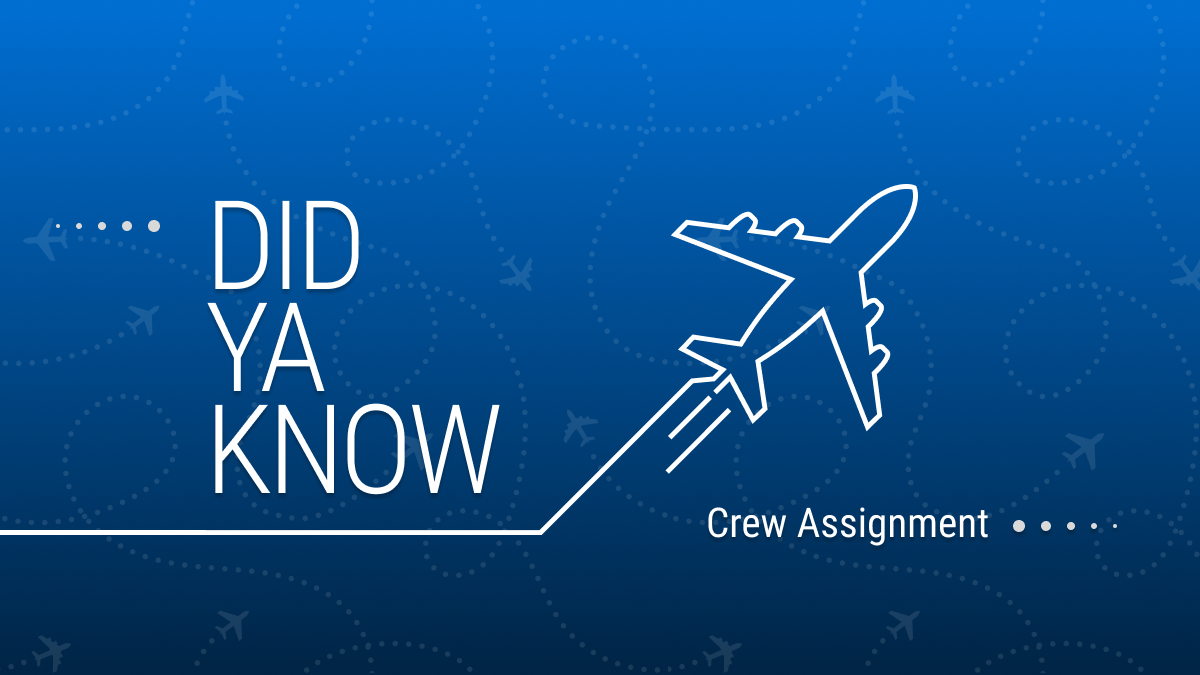How air charter operators can grow the market during a COVID 19 and in a post COVID 19 era
The novel coronavirus COVID-19 outbreak from Wuhan, China in December 2019 has had a seismic impact on the travel industry. With the pandemic in our midst we live in unprecedented times, the likes of which we have not witnessed in a century. In the travel industry, we all seem to ask the same questions: when will the virus be brought under control? What will recovery look like? Will the future of travel ever be the same?
After the worldwide outbreak of COVID-19, commercial airlines were forced to cut capacity on a massive scale. Several U.S. major airlines have cut capacity by 50% – 80% in May and June 2020. Capacity reductions dwarf the fallout from the terrorist attacks from September 11, 2001 and IATA predicts that cumulative airline losses could exceed 250 billion dollars. With the ongoing second surge in new cases in June and July, it is difficult to predict when the dust will settle for commercial travel. Even with a vaccine, recovery of commercial aviation could take 2 – 3 years. Unless the second surge in new cases cannot be contained, US domestic travel is expected to rebound in the second half of 2020 and international travel is expected to rebound in 2021.
The impact of the pandemic on charter flights has been minimal and on popular routes demand has been stronger than in the past. Is this an opportunity for charter operators to attract a whole new segment of corporate travel that have never used a charter flight? Take the case of commercial aviation. When American Airlines introduced the deeply discounted Ultimate SuperSAAverTM fare in 1985, prices were discounted 70% and ranged between $39 – $129. It was at this point that air travel was within reach of an entirely new population that had never flown before. Hence, the answer for charter airlines to gain new customers is a resounding YES!
Many corporations believe that flying private is expensive. This is not always true. It is affordable on popular routes and for larger groups that travel together, it can be competitive and even cheaper than first class travel. This is the key point that needs to be conveyed to potential corporate customers.
Charter airlines have an opportunity to aggressively market their product to corporations that do not use their services today. They should negotiate bulk discount rates for charters by route that guarantees a corporate commitment of a minimum number of trips in a 12-month period. For the negotiated discount, payment terms can be negotiated where corporations agree to prepay a percentage of the planned spend. This provides added cash flow to charter airlines. To make this model work, it should provide value to both the buyer (corporations) and sellers (charter airlines).
There are other benefits to charter that corporations appreciate. It is convenient, less stressful, secure, and caters to the traveler’s schedule. There are 10x more business airports than there are commercial airports making it more convenient. At business airports, there are no lines to manage. If the traveler has a car service, they can be dropped off right next to the plane. As for a secure environment, travelers can have confidential, high priority meetings on the flight and are free to talk business. Lastly, the traveler controls the schedule. This allows a traveler to make better use of their time. Businesses have claimed a 10% boost in winning new business when traveling on charters due to the stated factors above.

Ann Vinod –VP of Finance






